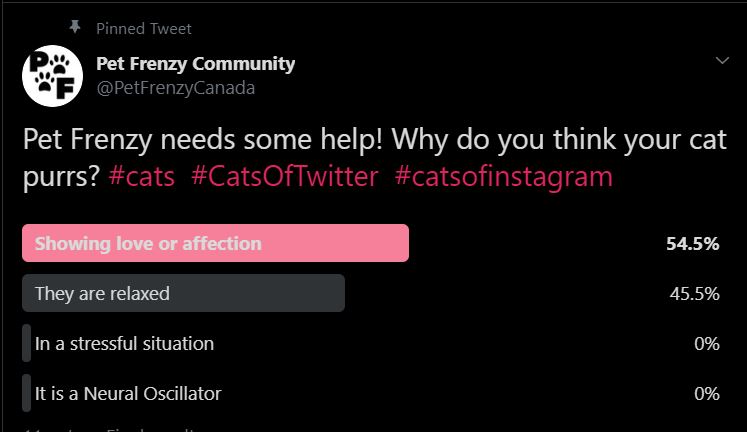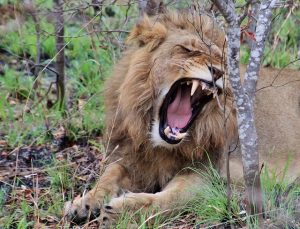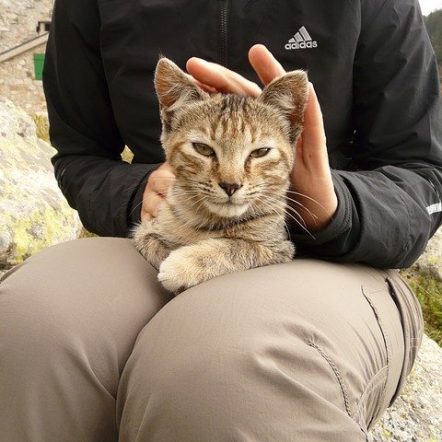Have you ever wondered why cats purr or knead? I have and decided I would do some digging. However, I am not a professional in any case. These are just some fun things I was able to accumulate with some research on the topic.
Table of Contents
What Makes A Cats Purr?
Medically it has been described as a way for cats to relax and repair. When a cat purrs, it is caused by the very fast movement of the muscles of the larynx also known as the voice box. Furthermore, the diaphragm muscle at the base of the chest cavity moves about 20 -30 times per second.
Why does a cat purr and knead
Also, According to the website, Mom.com Cats’ purrs have a 20 to 140 Hz, a frequency range that has been proven to be medically therapeutic. They also mention that studies have shown that cat owners are about 40% less likely to have a heart attack than those that do not have a cat.
There is an interesting case study on The cry within the purr done by Cell.com biology, featured in Readers Digest. It says “the purring can be used to solicit food from their human. The low-pitched purr, they found a high frequency voiced component, reminiscent of a cry or meow, that was crucial in determining urgency and pleasantness. “
Why does my cat purr
I asked some of our Twitter Followers why they think their cat purrs? And these were the results.

You can see most people believe that it is a sign of love or affection, whereas others believe it is a sign that they are relaxing. Mainly because purring and kneading are usually followed by a nap. Or in the presence of their owners. However, I found that there could be other reasons your cat is kneading or purring.
What causes cats to knead?
Top reasons cats knead
There are many theories about why cats knead. Kittens, for instance, learn to knead when nursing from their mothers at young ages. They also like to mark their territories. By kneading they are rubbing and activating the scent glands in their paws to possibly mark their territory. They can also knead to stretch their muscles as a form of relaxation.
Also, they can purr, stretch, and knead the air while lying on their side in the stretched-out position. Usually, they do this to tell male cats that they can approach for a possible mating opportunity.
According to Wikipedia “Multiple theories exist that explain why cats knead. Kneading may have an origin going back to cats’ wild ancestors who had to tread down grass or foliage to make a temporary nest in which to rest.”
So What does it mean when your cat is purring or kneading
So your cat’s behavior is purr-fectly normal. Most domestic cats have these strange behaviors the minute they are born. It is an instinct natural to them. However, we all know that if they start Kneading on your lap it can be quite painful.
Since they do have tiny little razors as nails. Use a pillow or blanket underneath them. And more importantly, do not scold them for their natural behavior. They really cannot help it.
Not All Cats Purr

Not all cats purr, as in the video large cats like lions and jaguars roar rather than a purr. Also sometimes the cat has a very low frequency not allowing us to hear them. You may feel rumbling or them trying to purr but another sound may come out.
This is perfectly normal as well. However, if you notice that your cat is purring constant or for long periods of time. I would consult with your vet to make sure there are no underlying disorders. Sometimes their vocal cords do not develop as soon as other cats.

Some Interesting opinions on Purring
Marjan Debevere Is a cat shelter photographer in London. She is studying for a degree in feline psychology. Also the owner of four cats. Says she has photographed over 3,000 shelter cats.
She mentions that no two are the same. In her own words according to the BBC website. She stated “I’ve witnessed a lot of cats purring when they’re dying, and when they’re being put to sleep. The vet will say something like ‘They were purring right up until the end’, and people assume they’re happy when they’re purring. That’s just not always the case.”
Learning More About Your Cat’s Body Language
You can also learn from your cat when they are purring. By observing what you and your cat were doing before the purring or kneading starts. This can give you a great insight into understanding your own cat’s body language.









